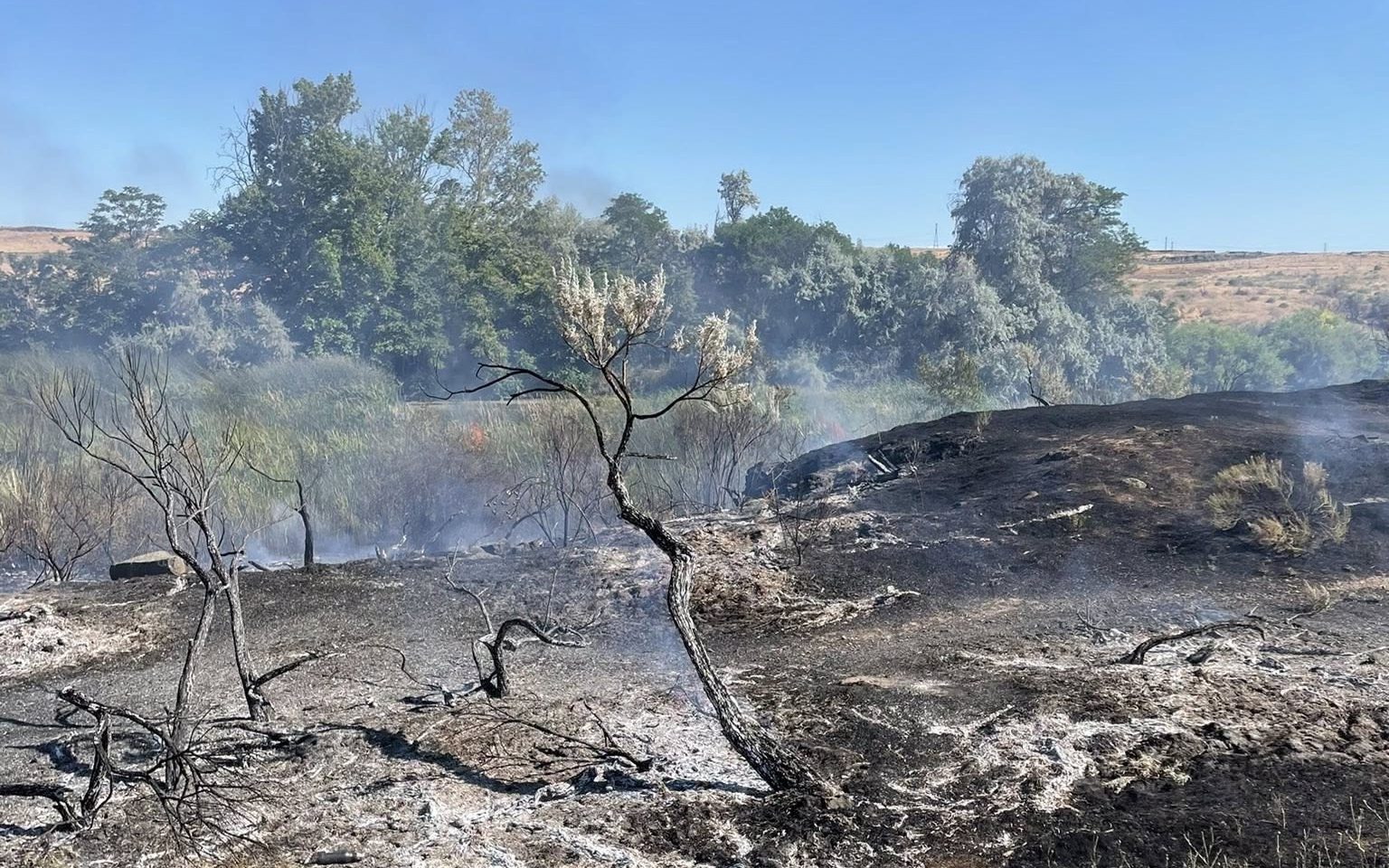Officials investigate ‘mystery’ of five dead wolves found Feb. 9 in NE Oregon
Published 4:00 pm Thursday, March 25, 2021

- A report from the Oregon Department of Fish and Wildlife says a sheep herder on Horseshoe Ridge, outside of Meacham, reported seeing four wolves in close proximity to his sheep on a large, timbered private pasture.
LA GRANDE — An investigation is continuing into the deaths of five wolves discovered early last month in Northeast Oregon.
On Feb. 9, the Oregon Department of Fish and Wildlife reported a GPS collar on a wolf emitted a “mortality signal” in the Mount Harris area near La Grande. Officers with the Oregon State Police Fish and Wildlife Division found five wolves dead.
The carcasses were taken to a U.S. Fish and Wildlife Service forensic lab to determine a cause of death. Results have yet to be released.
OSP Capt. Tim Fox said he could not immediately provide additional details about the dead wolves, such as their size, sex and pack. Roblyn Brown, wolf program coordinator for ODFW, also declined to comment, citing the pending investigation.
Oregon has a minimum wolf population of 158, as of the most recent ODFW survey in 2019, though the actual number is likely higher. Most packs are concentrated in the state’s northeast corner, including Union County where the five dead wolves were found.
Kathleen Gobush, Northwest program director for the conservation group Defenders of Wildlife, said the deaths were suspicious, though without knowing the cause of death, they cannot say whether poaching may have been to blame.
“It highlights the pressing need for a thorough investigation, for sure,” Gobush said.
Gobush, who is in Seattle, said she has never heard of so many wolves found dead at once in either Oregon or Washington.
”We’re all waiting to hear what the cause of death is,” she said. “A lot of this is a mystery.”
Rodger Huffman, a rancher in Union, and wolf committee co-chairman for the Oregon Cattlemen’s Association, said the relationship between wolves and local producers remains contentious, due in part to what he describes as “shoddy” management of the species.
Oregon’s Wolf Management and Conservation Plan allows for ranchers and wildlife officials to legally kill wolves that prey on livestock if they reach a certain number of “confirmed” depredations within a certain time period, and non-lethal deterrents have failed.
But Huffman said it is frustratingly difficult to “confirm” a wolf depredation, unless it is found and reported immediately, leaving ranchers in a difficult predicament.
”The wolf population is not a celebrated thing in cattle country,” he said. “It’s frustration, there’s no doubt about it.”
Wolf poaching is not unheard of in Eastern Oregon. Two incidents were reported last year in neighboring Baker County — one in late September, a breeding male from the Cornucopia Pack, and another in late October, a sub-adult female from the Pine Creek Pack.
Gobush said apex predators like wolves play an important role in the ecosystem, and should be protected.
Defenders of Wildlife also supports a bill in the Legislature that would help crack down on poachers, Gobush said. Senate Bill 841 would appropriate $1.6 million from the state general fund to support the Department of Justice’s Environmental Crimes and Cultural Resources Enforcement Unit.
The bill, sponsored by Democratic Sens. James Manning Jr., Chris Gorsek and Deb Patterson, is scheduled for a public hearing on April 5.






